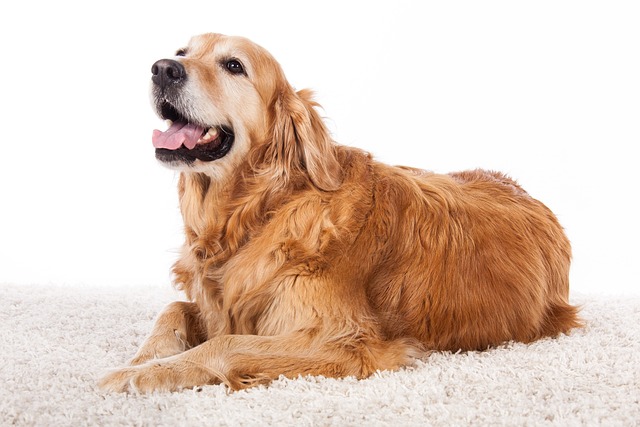
How can I tell if my dog's heatstroke is serious
Let’s be real: It’s a sticky August morning in Los Angeles, and you took your 2-year-old Golden Retriever, Max, for a walk a little later than usual
Will dry paws be harmful to dogs? If you’ve noticed your poodle “Charlie” limping a little after walks, then checked his paws to find rough, cracked pads that feel like sandpaper, you’re probably wondering if this is just a minor annoyance or something to worry about. The short answer: dry paws can be more than uncomfortable—if left unchecked, they can turn into painful problems that affect your dog’s ability to move happily. Let’s break down why dryness happens, when it becomes harmful, and how to keep those paws healthy.
Paw pads are tough by design—they’re built to protect your dog’s feet from hot pavement, cold snow, and rough terrain. But they need moisture to stay flexible, just like your skin. When they get too dry, the outer layer cracks, creating tiny openings where bacteria or dirt can sneak in. Think of it like a chapped lip that splits—annoying at first, but if it gets infected, it hurts to eat or talk. For Charlie, those cracks might start as a little flakiness, but if he licks them (which dogs love to do), he can irritate them more, leading to swelling or even bleeding. A friend in Colorado saw this with her border collie “Jake”; his dry paws from winter salt turned into sore spots that made him avoid walks altogether.
So, when does dryness cross into harmful territory? Watch for redness, bleeding, or a foul smell—signs of infection. If your dog starts favoring a paw, licking excessively, or refusing to go outside, it’s time to act. Start with gentle care: after walks, wipe paws with a warm, damp cloth to remove salt, dirt, or chemicals that dry them out. Then, apply a thin layer of coconut oil or pet-safe paw balm—something with shea butter works great. My neighbor in Seattle does this for her beagle “Luna” every night; her once-cracked pads are now smooth enough for her to run through the park without hesitation.

Training plays a role here, too. If your dog resists having their paws touched, take it slow: offer a treat while you gently hold a paw for 2 seconds, then release. Repeat daily, gradually increasing the time. Positive reinforcement builds trust, making paw care stress-free for both of you. Never scold or force their paw—fear will only make them hate the process, making it harder to check for issues later.
Caring for dry paws ties into responsible pet ownership. First, keep your dog’s rabies vaccine up to date—required by 4 months in all U.S. states, with fines up to $500 in Los Angeles for lapses. A healthy dog’s immune system handles minor paw issues better, so staying on schedule matters. When out walking, always carry poop bags (fines in Chicago hit $250 for skipping) and steer clear of heavily salted sidewalks—salt dries paws and can make your dog sick if they lick it off.
Apartment dwellers, add a soft rug near the door to protect paws from cold tile floors, which can worsen dryness. At community dog parks, stick to grassy areas instead of gravel if your dog’s paws are sensitive—rough surfaces irritate cracked pads. And remember, a little prevention goes a long way: applying balm before walks in extreme weather acts like a shield, keeping moisture in and irritants out.
Dry paws don’t have to be a big problem. With regular care and attention, you can keep your dog’s pads healthy and ready for whatever adventure comes next. And when Charlie trots over, paws soft and strong, eager for his next walk? That’s the best sign you’re doing it right.

Let’s be real: It’s a sticky August morning in Los Angeles, and you took your 2-year-old Golden Retriever, Max, for a walk a little later than usual

You're enjoying a summer afternoon at the park when you notice your dog has stopped panting and appears disoriented - their gums are bright red

Let’s paint the picture: You’re in your Denver apartment, watching your 4-year-old Boston Terrier, Ruby, plop down mid-play session with her favorite toy

Many dog owners notice their pets nails seem shorter after regular walks,but how much does this daily activity actually help?The answer depends on where you walk—concrete sidewalks or asphalt streets gently file nails as a dog's paws hit the ground

Most dog owners notice their pup scooting across the carpet at some point, but few connect it to impacted anal glands. These small sacs near a dog’s rectum secrete a scent for marking territory

Most vets agree that regular dog teeth cleaning is key to avoiding painful dental issues later. For healthy adult dogs, a professional cleaning at the vet’s office every 12 to 18 months usually works well.